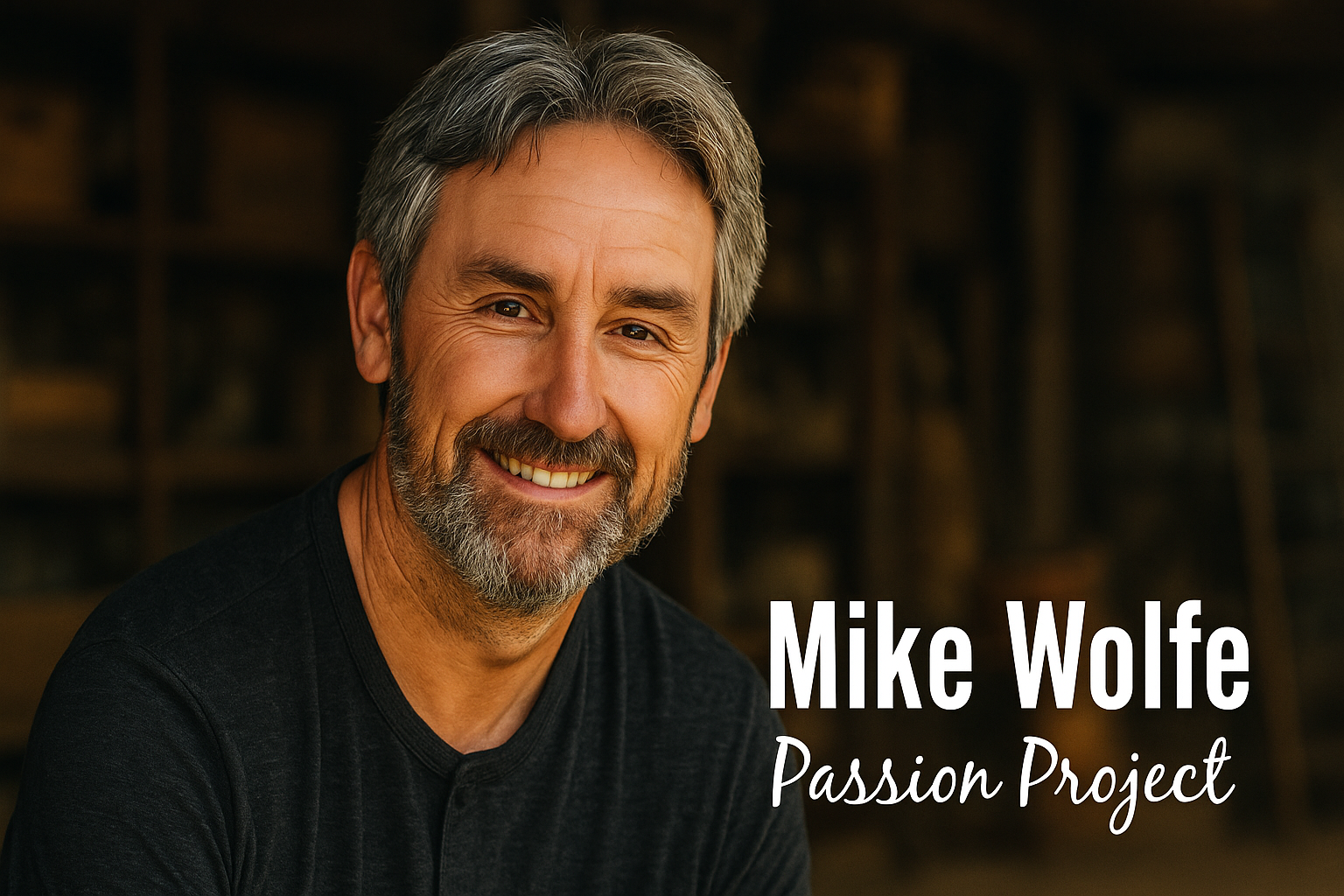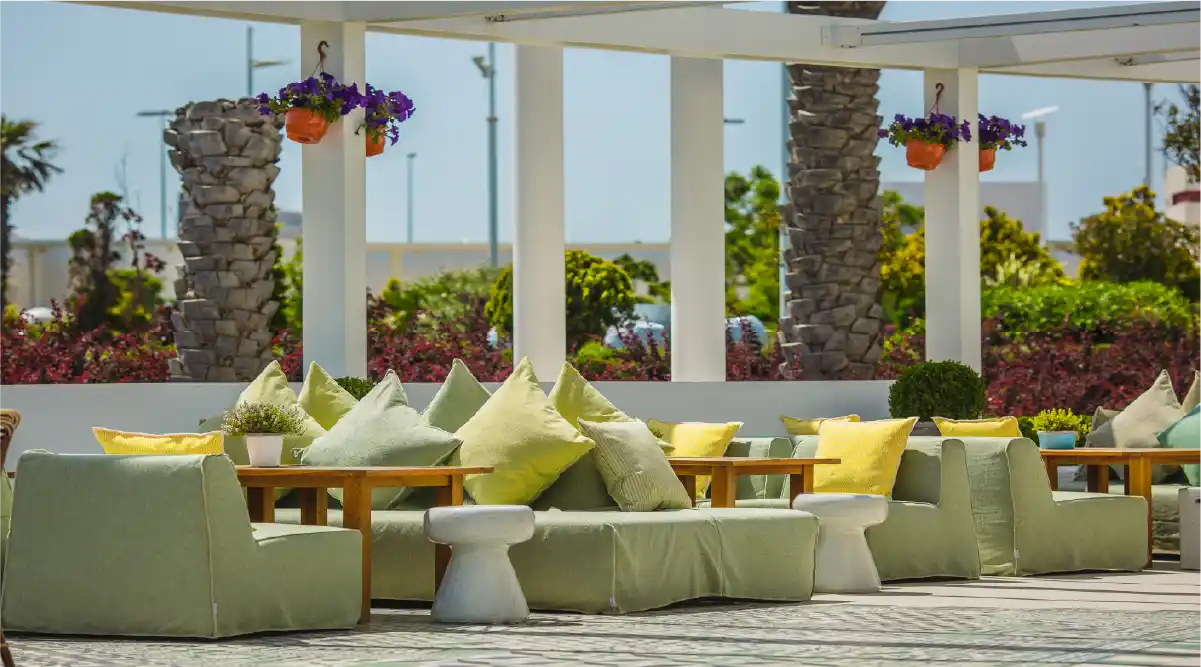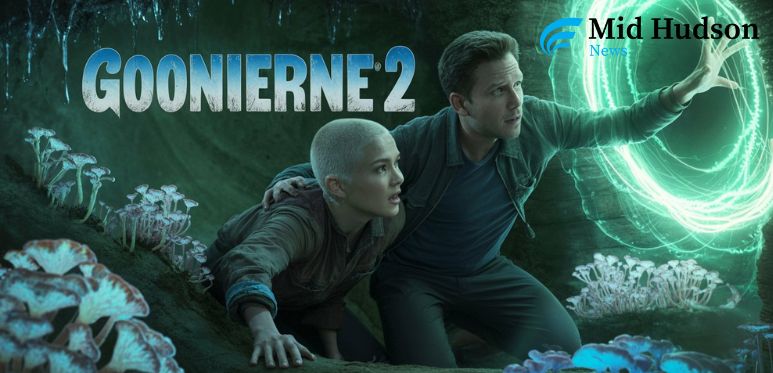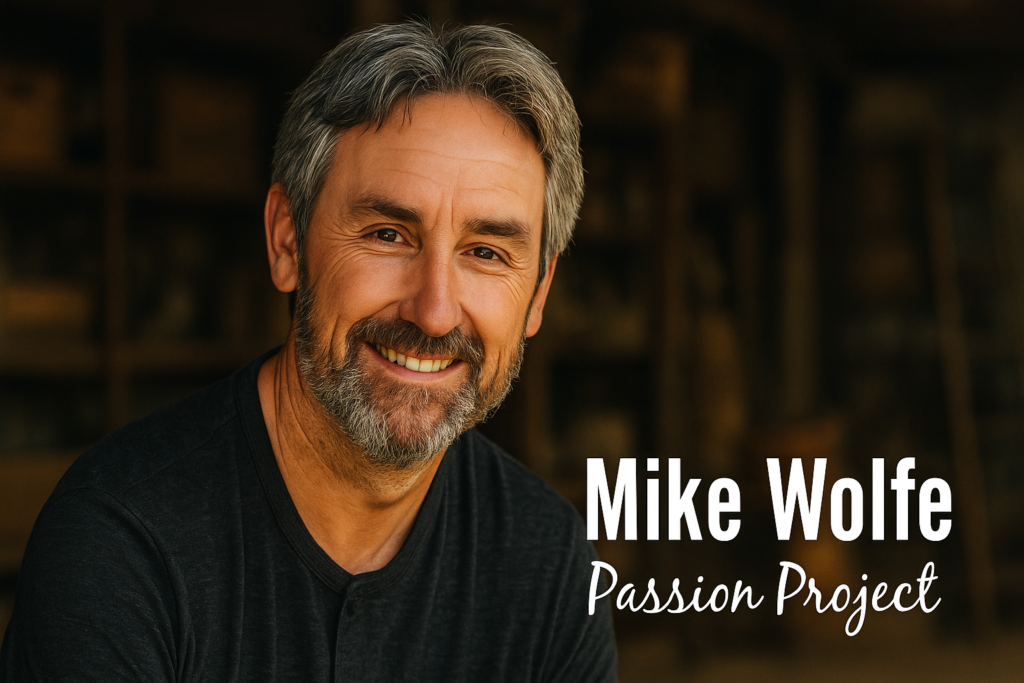Mike Wolfe has long been recognised for his eye for hidden treasures, but his latest venture goes far beyond collecting antiques. Mike Wolfe Passion Project is a heartfelt mission to preserve American heritage, one building and story at a time. This project reflects a shift from television fame to meaningful restoration — a move that’s inspiring communities and fans alike.
The Story Behind the Passion Project
Mike Wolfe’s journey has always been about finding beauty in the forgotten. After years of unearthing rare artefacts and historical relics, he realised that the true treasure lies not in individual items, but in the stories and structures that house them. His Passion Project began as a personal commitment to save small-town America’s history before it fades away.
By restoring historic buildings and turning them into thriving community spaces, Wolfe isn’t just preserving architecture — he’s protecting identity, memory, and craftsmanship. His work highlights how even neglected towns can be revitalised when their cultural roots are celebrated rather than replaced.
Inside the Project
Restoring More Than Buildings
Wolfe’s initiative isn’t about flipping properties for profit; it’s about safeguarding the spirit of the past. Each project involves careful restoration that respects original materials and designs while making the spaces functional for modern use. From wooden beams and vintage fixtures to hand-laid bricks, every detail is treated as part of a larger story.
He collaborates with skilled local artisans, ensuring that restoration work contributes to the local economy. By sourcing materials and craftsmanship from within the community, the project not only preserves history but also sustains livelihoods.
“Two Lanes”: A Tribute to Small-Town America
A key part of his creative journey is Two Lanes — a visual and written diary capturing the soul of rural America. It celebrates the people, landscapes, and timeless charm that define the nation’s smaller communities. Through Two Lanes, Wolfe showcases handmade goods, authentic craftsmanship, and the quiet resilience of towns often overlooked in the digital age.
Helping Local Artists and Makers
The project also gives visibility to local artists, carpenters, and craftspeople. Their skills are integrated into the restoration process, ensuring that each completed site becomes a living gallery of local talent. It’s an ecosystem built on creativity, collaboration, and shared pride in community heritage.
The Mission and Vision
At its core, Wolfe’s mission is to make preservation accessible and inspiring. He believes every building, no matter how humble, tells a story worth saving. His vision blends sustainability with storytelling — giving people tangible reminders of where they come from and why their history matters.
Instead of treating old structures as outdated, Wolfe reimagines them as spaces for new life. Whether transformed into cafes, workshops, or community centres, these buildings serve as living connections between generations.
Impact on Communities
The Passion Project has sparked a quiet revolution across small towns. By focusing on local restoration, Wolfe demonstrates that community revival doesn’t always require massive investment — sometimes, it just takes belief and effort.
Towns once overlooked are now becoming tourist destinations, with restored main streets attracting visitors and business opportunities. Locals gain renewed pride in their heritage, while new generations find purpose in preserving it.
This impact goes beyond bricks and mortar; it strengthens community bonds and promotes environmental sustainability through adaptive reuse. Every restored site stands as proof that heritage and progress can coexist.
Media and Public Buzz
The response to Wolfe’s project has been overwhelmingly positive. Fans admire his ability to combine creativity, craftsmanship, and care for local history. Many see his journey as a refreshing departure from mainstream entertainment — proof that purpose-driven work still resonates deeply with audiences.
Media coverage often highlights his commitment to authenticity and the inspiring message behind his restoration efforts. Viewers appreciate that his story encourages people to reconnect with their communities, support local makers, and value the cultural wealth in everyday surroundings.
Lessons from Wolfe’s Approach
Wolfe’s approach to restoration offers lessons for anyone interested in meaningful work:
- Preserve, don’t replace. Restoration should honour a structure’s original character rather than erase it.
- Collaboration builds strength. Involving local experts and artists creates lasting community value.
- Passion fuels purpose. A personal connection to your work drives better outcomes than profit alone.
- Every story matters. Even the smallest project can inspire others when handled with care.
These principles apply far beyond building restoration — they’re a roadmap for creating work that leaves a legacy.
Also Read: Tom Villante: CEO Life, Net Worth & Bethenny Buzz
How to Start Your Own Passion Project
You don’t need fame or fortune to make an impact. Here’s how anyone can draw inspiration from Wolfe’s journey:
- Identify what matters most to you. Whether it’s heritage, nature, or art, start with genuine passion.
- Begin locally. Look around your community for places or causes that need attention.
- Collaborate. Team up with people who share your vision — craftsmen, artists, neighbours, or local historians.
- Document your progress. Share stories, photos, or updates online to inspire others and build awareness.
- Stay consistent. Small steps lead to significant impact over time.
Starting small can lead to something extraordinary. Wolfe’s story reminds us that passion, when directed with purpose, can transform communities.
Frequently Asked Questions
1. What is Mike Wolfe’s Passion Project about?
It’s an initiative focused on restoring historic buildings and preserving local heritage across small towns. The project aims to give new life to forgotten spaces while supporting local craftsmanship and culture.
2. Why is this project important?
It safeguards community identity, promotes sustainable restoration, and inspires people to value their roots. By restoring instead of demolishing, it reduces waste and keeps local history alive.
3. How does the project help local communities?
Restoration creates jobs, supports artisans, boosts tourism, and encourages civic pride. Each revived building becomes a hub of creativity and connection for the community.
4. What is “Two Lanes”?
It’s a creative extension of the project — a visual diary showcasing the beauty of small-town America, its makers, and its timeless charm. It highlights local talent and promotes cultural preservation.
5. How can someone start their own preservation project?
Begin with something small in your area — an old shopfront, a neglected park, or a forgotten story. Collaborate with others, stay patient, and focus on meaningful, sustainable outcomes rather than quick results.








